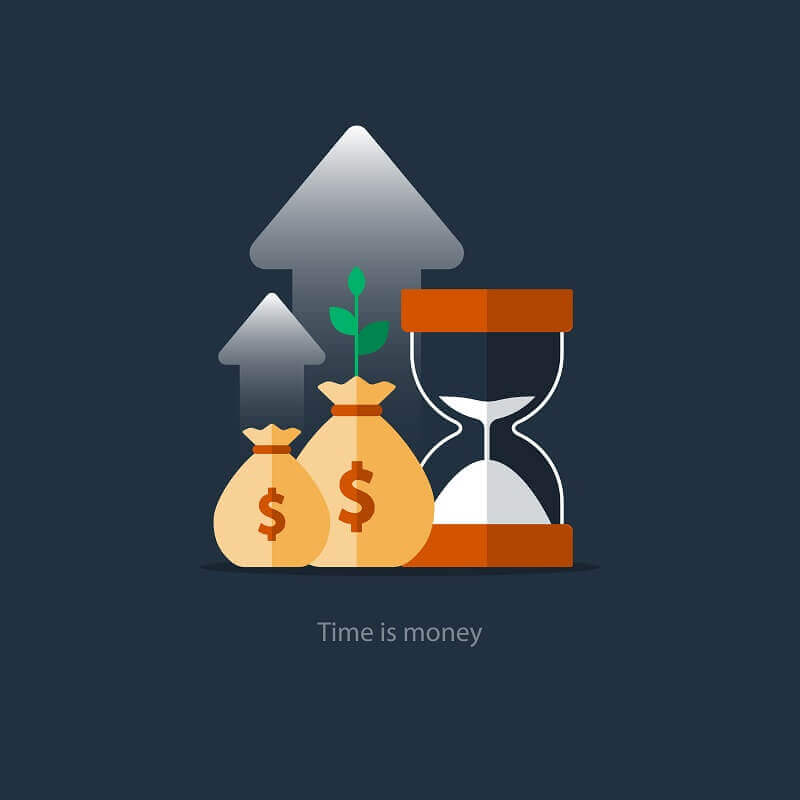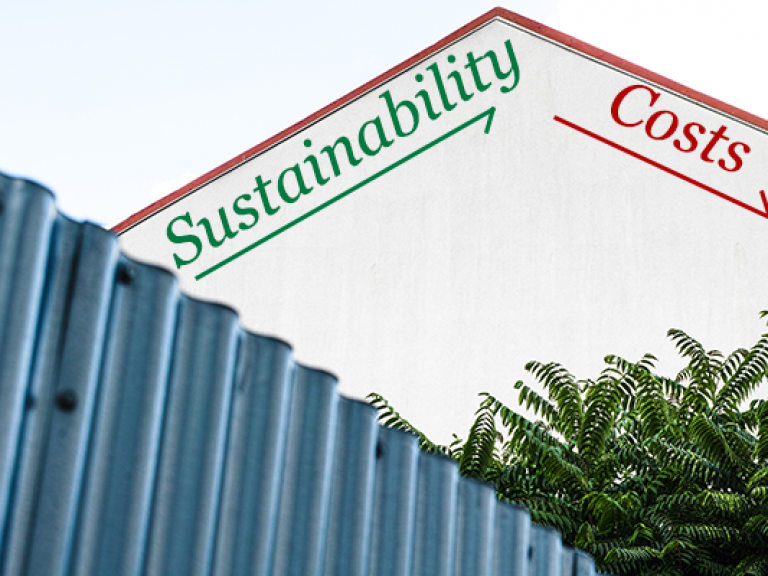
Checking the Property Valuation
What is valuation?
A real estate valuation is an independent opinion on the market value of a property.
The Australian Valuers Institute’s definition of market value is: ‘The estimated amount which an asset should exchange on the date of valuation between a willing buyer and a willing seller in an arm’s length transaction, after proper marketing wherein the parties had each acted knowledgeably, prudently and without compulsion.’
Okay, so much for the theory. In the real world, the market value appears to be a more fluid concept. All the major lenders in Australia issue instructions to values on how they require a property to be valued and the criteria vary. Often, bank valuations reflect the valuer’s estimate of the disposal cost of the property for a mortgagee sale, when the property has to be disposed of in a short period of time (so much for ‘without compulsion’). Even at its best, valuation is not an exact science: valuations can vary up to 50 percent depending on the valuer, their preconceived perceptions and the instructions given by the lending institution.
Residential property
Residential property is generally valued on the comparable sale or direct comparison method. The valuer chooses properties within the same immediate locality that provide similar characteristics to the subject property in terms of location, land size, topography, aspect, elevation, dwelling type and size, construction methods, materials used, landscaping, car parking, surrounding amenities and the demographics of the area. The valuer should source 3–10 local sales within a six-month time frame for comparison.
Having arrived at a land value using this method, the valuer cross-checks the valuation using the summation approach: apportioning two values to the property – one for the house and one for the land. Having arrived at a land value (using the kinds of criteria listed above), the valuer then estimates the value of rebuilding the home on that site at current market rates. This is apportioned as a rate per square meter, which varies between the garage, living areas under the roofline, pergolas, and patios.
Commercial property
Commercial property is valued quite differently. Other factors taken into consideration are annual rent, outgoings, yield (rent as a percentage of the capital value of the building), tenancy mix, lease terms, type of tenancy, strength of tenant, building type, future potential growth in income (through provisions in the lease for increasing the rent), suitability of the building for its intended use and alternative uses for the building.
In essence, the true value of a commercial property lies in the tenant’s ability to earn an income from the property in order to be able to pay rent to the landlord. The rent is usually factored in on a yield basis which may vary 5–20 percent depending on the type of commercial property, its location, risk profile and so on. A blue-chip or government tenant in a commercial office-style building in or close to a major CBD or fringe office area would be valued with a 7–11 percent rental yield on its capital value.
The valuer will also look at the time required to re-let the building if the tenant vacates, lost income due to a period of vacancy, possible incentives that may have to be offered to release the property, and alternative uses for the property that may increase or decrease its potential rental income.
Although commercial property includes many more variables in its valuation, the valuation is a lot more accurate in its reflection of true market value. Residential property valuation leaves a lot up to the valuer’s individual perceptions and biases. It has been acknowledged by the
High Court in Australia that a valuation can differ from ‘market value’ by up to 15 percent and still be recognized as a ‘true market valuation.’

Why is control over the valuation important?
You probably wouldn’t go out and purchase a TV, let alone a new car, without knowing its actual cost so it’s amazing how many investors purchase a residential investment property and never obtain a copy of the valuation used by the lending institution. They have no idea of the value the bank places on their property – and in the vast majority of cases it is lower than what they actually paid!
Accurate property valuations are critical to your wealth building. They are the basis on which lending institutions calculate your loan value ratio, which in turn determines how much you can borrow, and your net equity or ‘net worth.’ You want to use any excess equity to build wealth so the more equity your lender recognizes, the better. For these purposes, the only valuation that matters is the one adopted by the lending institution.
A bank valuation on a property is usually an independent opinion of the value of that property based on the instructions given by the lending institution. A bank valuation does not necessarily mean a market valuation.
Ideally, the value used by your lender should be the same as the actual purchase price or higher. If the bank valuation is significantly lower than the purchase price (and therefore the amount of the loan), the bank may protect itself by writing down the security value of the property – and this can affect your total equity position with that bank. Unfortunately, this is quite common: bank valuations can be deceptive.
The so-called ‘Big Four’ banks in Australia – the Commonwealth Bank, Westpac, ANZ and NAB (and others) have a policy of not disclosing valuations to their customers even though, ultimately, it’s the customers who pay for them. The banks are out to protect their own interests. They want to protect themselves in the event that you, the investor, default on your loan. They generally instruct the valuer to value the property extremely conservatively, on the basis that it may have to be sold within 60–90 days at auction so from their perspective, it needs to be the lowest-priced property in its range (and may not even include fixtures and fittings).
In any case, valuers err on the side of conservatism because a lender can sue them if a property sold as ‘mortgagee in possession’ falls short of their appraisal. Valuers may also have preconceived ideas about areas. And, with the volume of work they get through, they are often short of time and therefore short of up-to-date information, relying on sales data registered with valuer general’s office in the appropriate state department which may be 3–6 months out of date. (In Queensland it is the Department of Environment and Resource Management, in Victoria it is the Department of Sustainability and Environment and in Western Australia it is the Department of Commerce.)
By doing your own homework, understanding the process of valuation, the instructions banks often give to their valuers and how you can critique a valuation, you could make the difference between gaining or losing tens of thousands of dollars in equity.
What can you do?
• Consider using second-tier or alternative lenders for purchasing a property. Lending institutions compete more aggressively for your business and have a slightly higher risk profile so they tend to seek and accept valuations closer to true market value.
• Find a lender who is prepared to disclose the security value of the property you’re buying.
If you’re buying it through an agent and using a finance broker, obtain a copy of the valuation.
• Ensure that the valuer has taken all facts into account – including local comparable sales, the replacement cost of improvements (in conjunction with a quantity surveyor’s report), local comparable land sales and market rents (with examples of rents achieved). Check also if the valuation equals your target purchase price or comes within, say, five percent of it.
• Ask the lending institution who their panel valuers are, and if possible establish a relationship with the lender-appointed valuer yourself. Ask the lender if you can select a valuer from the panel and whether you can give instructions to the valuer yourself. You won’t be able to nominate the details of the instructions, but you may be able to initiate a valuation or revaluation.
• Research the market thoroughly yourself prior to committing to a purchase and supply the valuer with sales information you have collected when making your decisions. Valuers may appreciate up-to-date sales evidence, and it may help to alter some preconceptions they have about a particular area. You can find out about sales in the area through the state’s valuer general’s office and local real estate agents.
Ensure the first valuation by the valuer is only a draft and the valuer has agreed to listen to any constructive comment and sales evidence you may have if you disagree with the initial draft. Only submit the final valuation to the lending institution.
Ask the valuer to revisit your property once you become aware there may have been some increase in value as well as on a 6– 12 month basis. Not all banks are keen to allow for revaluation within 12 months of purchase but your equity may have grown in that period.
Waiting to re-value in order to reinvest may see you missing out on opportunities in a rising market. If you can’t get your bank to disclose details of its valuation, or to tell you who its valuers are, or to revisit your valuation as prices change, it might be a signal to think about changing banks.
Examples
One of our clients had a property valued by a bank which wouldn’t disclose the valuation. After much prodding, it gave a verbal value of $180,000. We were able to use another valuer on the same lender’s panel and increased the valuation to $230,000 – effectively giving the investor access to $50,000 in equity he never knew he had! With this increased equity, our client was able to purchase another investment property without a cash outlay, funding the purchase costs entirely from the difference in equity between the original valuation and the true market value.
On another occasion, I was acquiring a new home and queried the valuation with the valuer. He had a good rapport with the local real estate agents and had done hundreds of valuations in the area but he was using for comparison the recent sale of a 14-year-old house and he had obviously missed a few details regarding the state of repair of the older house when it sold. My submission caused him to increase his valuation by over 15 per cent.

>>> Coming Next: Buy Land for Capital Growth
Please note: This is an extract from the Success From Scratch – it may not contain the exercises from the full version of the book/audio set, for full version please contact us or follow our blog for more.
Thank you,
The team@Custodian








